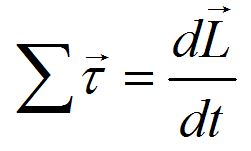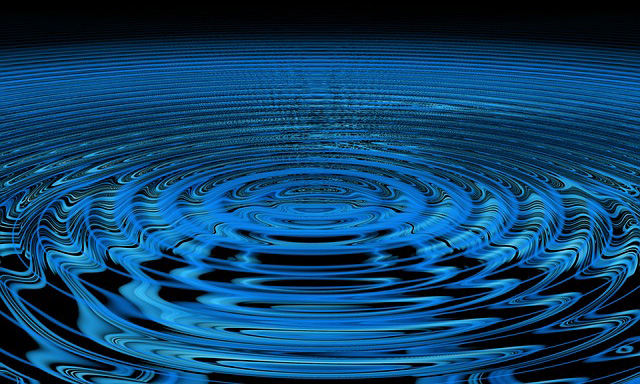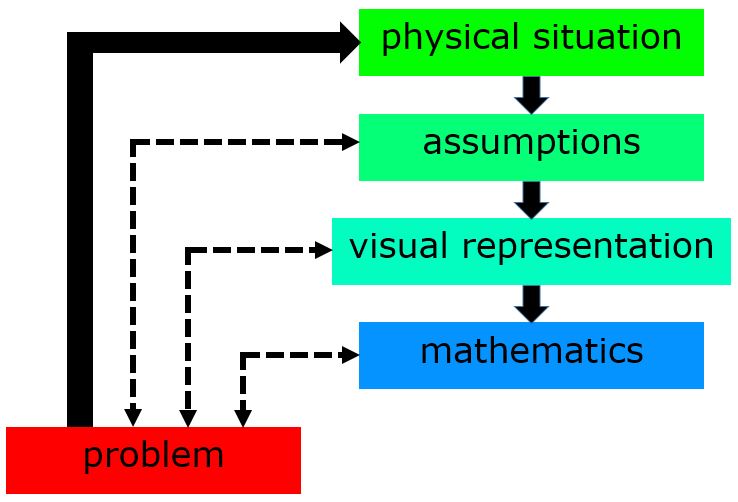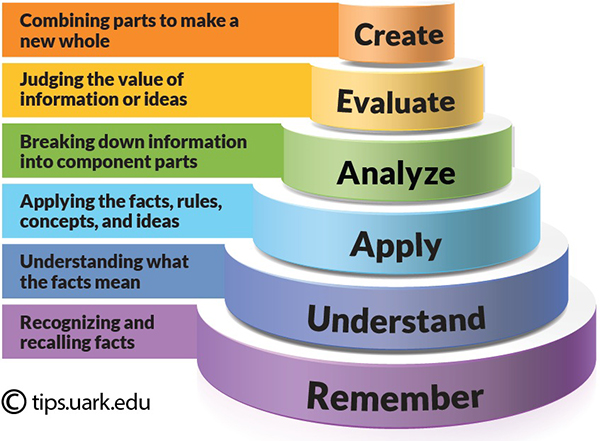Introduction to PH 212
Physics is more than just a bunch of facts to be memorized or problems to be solved, it is a living discipline. Physics is a study of nature. Learning the basics of physics promotes seeing your everyday world in a whole new way. Physical models can be used to describe fundamental natures of systems, often by making simplifications. Once the simplified system is understood, more aspects of physics can be added to model an increasingly complicated system.
Physics 212 is the second course in a three quarter sequence, offered by the Oregon State University Physics Department. You need a good working knowledge of the topics in PH 211 to do well in this course.
You need a good working knowledge of kinematics, as we will study the angular equivalent in circular motion.

You should understand how to solve problems in the Newtonian force framework. This term, we will study the angular equivalents.






We will cover topics in uniform and non-uniform circular motion as well as rotation. We cover the topic of gravitation including orbital motion.
We will also study conservation. Just as momentum is conserved in the absence of external forces, angular momentum is conserved in the absence of external torques.

The second half of this course deals with oscillations and waves, and applications of wave theory to sound and light, such as wave optics. We also discuss ray optics for mirrors, lenses and prisms.
Problem solving
Many students studying physics do so because it is required by other departments. One of the reasons many disciplines require physics is because it employs powerful problem-solving strategies.

Problem solving begins with understanding the physical system involved and application of the appropriate underlying assumptions. Next, draw a good diagram. The diagram should then be used to create appropriate graphs or diagrams, such as free-body diagrams. The graph or diagram is used to construct a set of mathematical equations. One of the major flaws in the way folks typically approach physics problems is to jump right to the math, missing the underlying understanding of the system. As the systems become more difficult, paying attention to the underlying physics becomes increasingly important.


Learning a good approach to problem solving is the first step, but applying this approach to your everyday homework problems takes discipline. All too often, people understand how to approach problems in physics, but then when confronted with a tough problem, they tend to forget about the physical situation and go straight to hunting for an equation that looks appropriate.
One reason why this quick-fix approach fails is that many physics problems are multi-layered. There can be a problem nested within a problem that needs to be considered. One equation may not fit the situation. Always start by analyzing the physical situation, and go back to the situation while working through the problem.

Bloom's taxonomy suggests that higher levels of learning require metacognition, or awareness of the thinking process. The lowest level of learning is just remembering what you have been told, and repeating it back. Higher levels of problem solving need more awareness. Being successful in the physics discipline strongly depends higher order learning, such as being able to combine concepts learned in simple problems in new situations.
How to do well on physics exams
- Cramming is not the best strategy
Physics concepts take time to gel. Steady, daily practice is the best way to insure that your mind has time to create links between all of the integral parts needed to understand the whole problem. Cramming has been shown to be a very ineffective way to learn in general, and this is especially true in physics.
Set aside time every day to think in terms of physics. The aspects learned in physics are present in everyday experiences and activities. Physics makes the most sense when you learn to apply it to the way you view the world and how it functions.
- Use the best problem-solving approach throughout the term
Even when you just need a numerical answer for a homework problem, approach the problem as if you were writing a full exam solution.
- What kind of physics approach is appropriate?
- What assumptions have you made?
- List the known variables and the variable you are seeking
- Make use of diagrams and graphs to help guide your thought process
- Identify relevant equations
- Modify the equations for the problem at hand
- Solve the system of equations for the desired variable
- Make sure your answer is in terms of given variables
- Analyze the reasonableness of your answer by checking units, order of magnitude and limiting cases
A thorough approach to every problem will help you to assimilate the concepts in a meaningful way. Understanding physics is like learning a whole landscape, as opposed to memorizing a fragmented set of facts. Organization of the concepts into one comprehensive model is key to problem-solving in physics. Analytical problem-solving involves the coordination of multiple representations including written, pictorial, graphical and mathematical in a multi-faceted approach to understanding the problem. Reflection on the solution is very important, as well as the metacognitive aspects of the process. Be aware of what you are thinking while you are thinking it.
- Teamwork
Set up a small study group to work together on problems. Sometimes a classmate can explain a process in a way that just clicks for you, and vice versa. Focus on analytical understanding in g=the group, rather than just getting to an answer.
- Repetition
After you have solved a rich problem, put it away for a couple of hours and then work through it again, just when it is no longer fresh in your mind. This will help the process of pathway building in your mind.
- Employ good time management
- Work on physics every day to strengthen the associations made in your brain involving the concepts
- Do not work when you are too tired, this may result in "learning that you don't understand the concept"
- Manage your time well during the test itself
Most of the points in the test will come from setting up the problem correctly. Following through a lot of math when you know you are going in the wrong direction will not result in more credit.
You may not want to work the problems in the order they are given on the test. If you get stuck on a problem, move on and come back to it.
Keep in mind the points alloted to each problem and spend your time on the questions accordingly.
- Put it all together
The main thing to remember is that learning physics takes time. Studying for the test should take place throughout the term. Strengthening the skills for analytical problem-solving on a daily basis is the best way to prepare for solving problems on the exams.

Image source